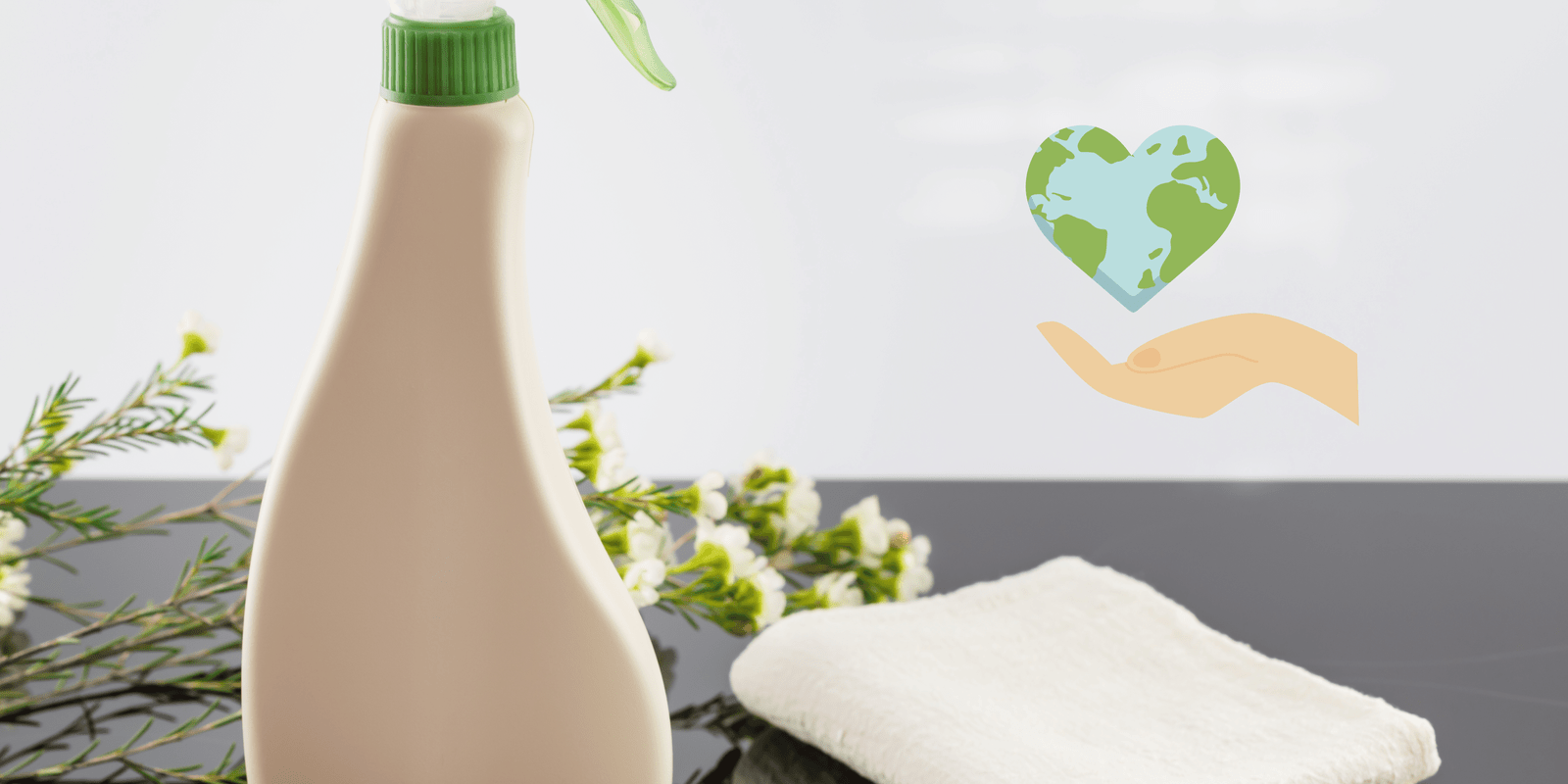- 23-Jan-2024
Cleaning a Variety of Walls: Concrete, Wallpaper, and More
09

Cleaning a Variety of Walls: Concrete, Wallpaper, and More
It is sometimes frustrating to maintain cleanliness in the walls of your house, especially if you have various types of wall designs. Cleaning walls ranges from washing concrete floors to gently touching wallpapers; hence, there are appropriate methods that should be applied to maintain cleanliness without damaging the wall. Here, you will find a step-by-step guide on cleaning some of the famous wall surfaces you might encounter.
Cleaning Concrete Walls
Concrete walls are solid and resistant to erosion and other types of wear. Still, they tend to collect dust, oil, and other deposits. Here are some tips for cleaning concrete walls:
Determine the Kind of Dirt: You need to know if it is just regular, plain dirt that you can easily wipe off with a cloth or if it is oil, grease, or rust dirt. After that, one needs to assess what sort of material is being cleaned so that the correct way of washing it can be applied.
Eliminate Surface Dirt – start by sweeping or vacuuming the surface to remove all the dirt on the surface before washing.
Create a Cleaning Mixture – To clean the surface against usual grime, warm water mixed with mild dishwashing soap is recommended. For cleaner stains, it is advisable to use an all-purpose cleaner or take a degreasing agent. Read about ingredients to ensure they do not contain bleach or other things that can harm concrete.

Scrub the surface with a Scrub Brush: This is especially advisable when cleaning textured concrete surfaces because it helps to eliminate stains by scrubbing the surface gently using a stiff bristle brush. Do not use wire brushes or abrasive pads on the repair surface.
Rinse well: After washing the concrete, use clean water to wash off any remaining residue thoroughly. Allow to fully dry. Clean areas of the carpet that still have stains that may not have been removed by the above methods.
Seal Outdoor Concrete –It is recommended that when concrete is used in an outdoor environment, the concrete will be sealed to prevent future staining and ease of cleaning. Compliance with the application instructions as described by the manufacturer should always be observed.
Cleaning Wallpapered Walls
Wallpaper also demands far much cleaner compared to concrete walls so as to avoid damaging its surface.
Follow these guidelines for keeping wallpaper looking fresh:
Dust Gently – Avoid touching the wallpaper with your bare hands as you clean it to avoid smudging or rubbing off the wallpaper’s surface. Rarely, you are advised to clean stains on the fabric by applying some liquid and a clean cloth to absorb the liquid. For dried stains, the affected area should be wiped with a soft cloth that has been dampened only slightly with the mild soap solution. Avoid scrubbing.
Check Cleaner on Inconspicuous Area – before using it on a large area to remove the wallpaper, and especially if you are using a chemical to remove the wallpaper, then you first apply the cleaner on an inconspicuous area to know if it will harm the wallpaper or not, also wait until it dries up in case it causes discoloration.

Clean using a Mild Cleaner and Soft Cloth or Sponge – For cases where large portions of the wallpaper require cleaning, use diluted mild soap with water, vinyl wallpaper cleaner, or baking soda solution. As for the cleaning material, one should avoid rubbing it on the surface with something abrasive, rough, or fluffy, such as a cloth or sponge.
Rinse and Blot Dry – any cleaning solution that you may use should be rinsed off well with running water and blot-dried with a lint-free towel to avoid water stains.
Light Cleaning Every Few Months – Imagine that professional cleaning service happens once in two – three years, then light cleaning will help maintain the appearance of wallpaper between those cleaning sessions.
Other walls, surfaces, and finishes
In addition to concrete and wallpaper, there are several other common wall finishes that each require a specific cleaning approach, including:
Wood Panelling: Use dry dusters to clean it, a wood cleaner and a microfiber cloth. Avoid excessive moisture.
Painted Drywall: Wipe down with a soft brush, soap and water and gentle buffing. Wash softly to prevent any harm on the paint coat.
Tile or Brick: If the spill occurs on the tiles or brick, then scrub it with a tile/grout brush and appropriate cleaner for the tiles and area, then rinse off well. Avoid rough rubbing or scrubbing as you’ll be washing them.
Fabric Wall Coverings: Vacuum first. If there are stains on the wall covering, treat the spots with a blotting and debris removal technique. Consult the label on the garment and the manufacturer’s guidelines on the care of the garment.
Importantly, use proper and constant cleaning of the kinds of walls you have in your home to retain their beauty and elegance. It is always wise to test cleaners first on a small area and whenever selecting cleaning tools and solutions consider the wall finish. When well maintained, the walls will still look as beautiful as they are today and can be helpful for many more years before repainting or complete remodelling.
LATEST POSTS
-
-
 Is an Airbnb Cleaning Service Worth It?
Is an Airbnb Cleaning Service Worth It?- 10-May-2024
-

-

-
 Eco-friendly Cleaning for a Healthier 2024
Eco-friendly Cleaning for a Healthier 2024- 25-May-2024
-
 Vacation Rental Cleaning Checklist
Vacation Rental Cleaning Checklist- 29-May-2024
